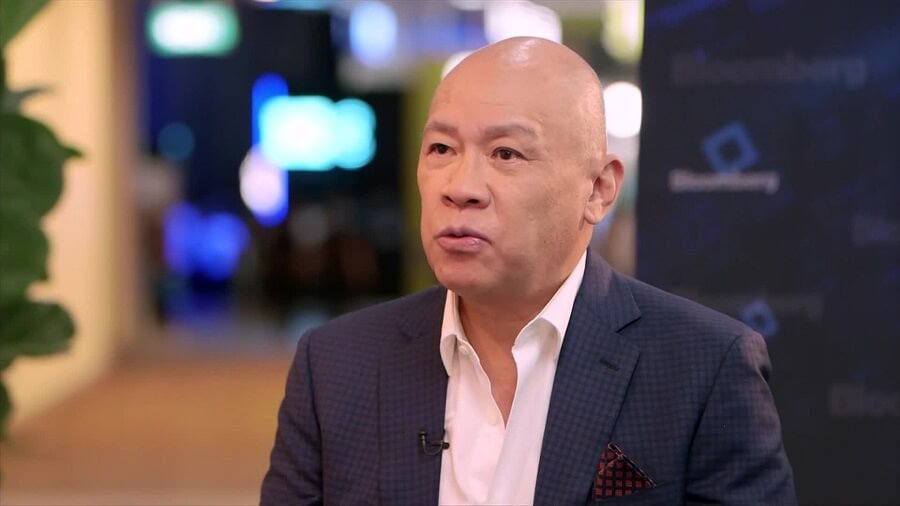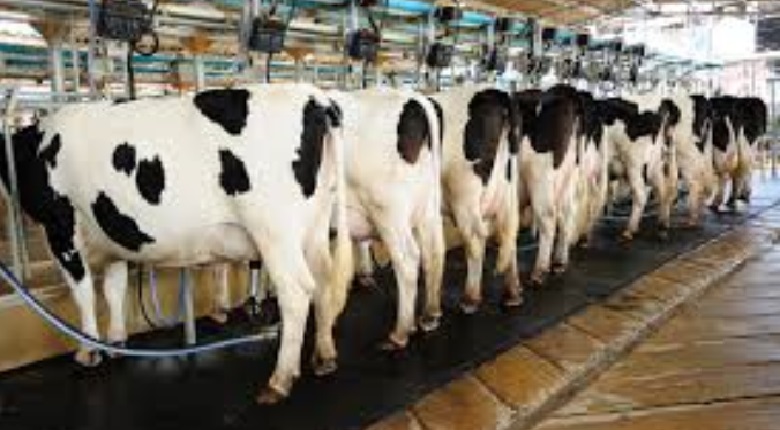What is Pension Scheme? You Should Know About this

Introduction
India is a huge country. Many countries have such a large population, but India has the largest number of people. In the past, India has been thought to be a land of low budget and poor people. Because of the increase in the global population, we have become a more mobile society. As such a globalized economy, mobility is also an important factor. People are going to want to travel and move around for their careers. Companies are going to have to think about how to address this issue.
This means that companies need to ensure that their employees have the right amount of mobility in their lives and also think about how to make this possible. You need to focus on your career, your family and your health. For most employees, this means their health is the number one priority. This is why companies need to ensure that they’re working on all of these issues.
Working population in India and the future of the country. In this article, we will look at the population growth in India and its future as well pension schemes. The pension scheme is something that you need to think about. It’s important to start out with a good idea and then think about how to make it better. In addition, it is important to understand the significance of employment for the Indian economy. This is because every single person that has a job contributes to the economy in some way. Population growth is a complex issue in itself. It depends on many factors, such as fertility rate, mortality rates and immigration rates.
Pension Scheme
Pension scheme in India is an important topic to discuss, especially when it comes to the elderly. In India, older people earn less, and they have to work longer hours to get the same pension as younger people. Due to this, Indians are retiring earlier than ever before. Thus, there is a growing demand for older people to actively contribute to their retirement plans.
There is a growing demand for older people to actively contribute to their retirement plans and contribute to the pension schemes. It is true that the pension schemes in India are not working out, but in fact, they are not as bad as many people think. The pension schemes are only a part of what is called the social security system.
Pension models in India are based on contributions and benefits provided by the employer. Employers, who wish to provide benefits to their employees, will typically offer a pension scheme as part of their employment contract. at a high level. The pension schemes are not bad at all. Pension models in India are based on contributions and benefits provided by the employer.
The Indian government has been fairly successful in this area as well. The government, as well as the national pension insurance fund (PPI) and the local state, are successfully providing pensions to millions of people in India. Pension models in India are based on contributions and benefits provided by the employer. Employers, who wish to provide benefits to their employees, will typically offer a pension scheme as part of their employment contract. The pension schemes are not bad at all.
Government Schemes
Government schemes to help the elderly in India are very successful. The problem is that every government has its own pension scheme. In fact, there are five different schemes in India, one of which is known as the National Pension Scheme (NPS). The National Pension Schemes a social security system that is offered by the government of India. The NPS was launched on 13th October, 2016 and it has become a reality in India. It provides the elderly with a new way to save money.
The Employee Provident Funds and Miscellaneous Provisions Act, 1935, is one of the major laws that come under the purview of the Central Government. The Employee Provident Fund and Miscellaneous Provisions Act, 1935, specifies many terms and conditions for the Employees’ Provident Fund (EPF) with respect to provident fund. The EPF is a retirement savings scheme of the government of India.
There is no need to physically visit the EPFO office, as you can apply online. The online application is free and will be processed within 24-48 hours, depending on the nature of your application. Every application is reviewed by the department of EPFO, based on the information provided by you. Under the EPFO, there are several pension schemes and their eligibility criteria differs from one scheme to another.
The Pension Scheme is offered by the Employees’ Provident Fund Organization (EPFO) and is considered as a retirement savings plan. It is important to note that the EPF does not provide any employment security in case of premature death or disability. The beneficiary is the employee who is scheduled to retire before that age. But the pension can also be taken from other sources apart from disability. The pension is a monthly payment that is calculated by the EPF, on a monthly basis. It can be withdrawn at any time. The pension scheme is offered by the Employees’ Provident Fund Organization (EPFO) and is considered as a retirement savings plan.
To complete the EPFO PF nomination process, follow the steps listed in their site. Fill up the form, and send it to the EPFO (www.epfo.gov.in) along with Rs. 8000/- Cash or cheques, or equivalent for account of a resident of India. The government has a target to reduce the rate of unemployment and increase the growth rate of GDP by 5-7% as part of its poverty eradication strategy. This can be done by holding a small amount at the beginning of each month, and putting the balance into the account after the end of the month.
HMRC has introduced a new service called ‘Tax efficiency’. HMRC will assess your tax return, and use the information to determine what you can claim back on tax. You will then receive a letter explaining what you can claim back and how much. The new service will be available in three stages: Sorting the information, working out the best tax position, and paying tax. The first round of the government’s ‘Income Tax Reform’ was announced. It will see people subject to tax on income they earn from employment, paid parental leave, self-employment, dividends and other income.
SSPY UP offers pension fund plans that are matched by market rates of return. Some companies offer employer contribution plans or a combination of employer and employee contributions. Pension funds are an investment vehicle for people who cannot make their own retirement savings. The pension scheme aims at providing a sustainable and assured income for their families.
Some people may not be able to take up a pension scheme because of the age requirement, or they may need to take out an insurance scheme to cover their family needs. If a person is not covered by a pension scheme, he/she can take up self-employment or even become an employee. People who are employees are entitled to a pension for their work-related injuries and diseases. With the recent rise in the number of pension schemes and the increase in the number of people who need to take up a scheme, there has been a proliferation of schemes. However, understanding the different types of pension schemes can be confusing at times.
Conclusion
In conclusion the pension scheme in India is a positive thing. It may be an option for some people and even for many others, but it can also be a negative thing. Pensions helps to reduce some of the financial burden on the people. Pensions also help people who are financially dependent to spend less. People who choose to take a pension should also be aware of the different types of pension schemes in India.
The various types of pension schemes may help to give people some idea and a better understanding of the various pension schemes available in India. Generally, pension government scheme was introduced in many countries to help the people. The pension schemes were set up to help the people. This article was useful and focused on pensions scheme in India.


































































































































































































































































































































































































































































































































































































































































































































































































































































































































































































































